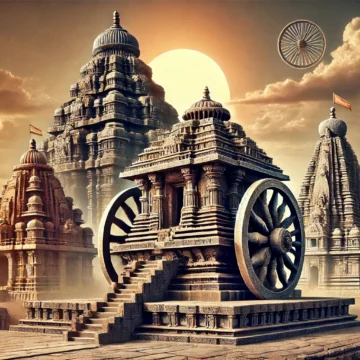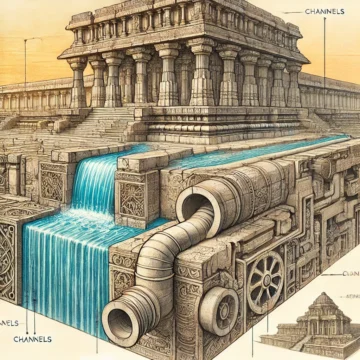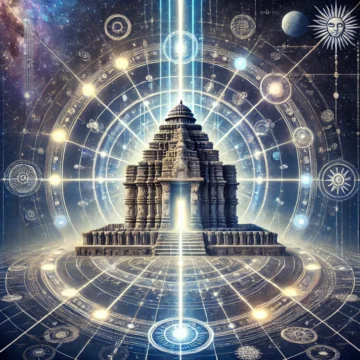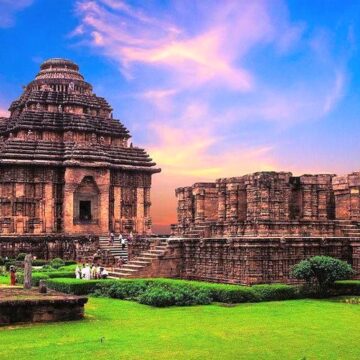Explore the architectural splendor of the Sun Temple Konark, a 13th-century marvel that seamlessly blends Vedic sciences with breathtaking design. Known as the Black Pagoda, this temple showcases intricate carvings and advanced metallurgical knowledge, standing as a testament to the ingenuity of ancient Indian builders. Join us as we compare it with other legendary temples.
Tag: Sun Temple Konark
Sun Temple Konark Architecture: A Challenges to Modern Science-I
Exploring the Sun Temple Konark's blend of Vedic sciences and architecture, this blog assesses whether modern engineering could replicate such marvels. Delving into the temple's use of astronomy, mathematics, and artistry, we uncover the profound scientific acumen of ancient India and its enduring influence on modern scientific and architectural techniques.
Sun Temple: Vedic principles and Cosmic Connection
Explore the cosmic alignment and architectural marvel of the Sun Temple of Konark. Constructed in the 13th century, this temple is an epitome of Vedic principles linking celestial and earthly realms through its precise solar alignments, embodying a profound synthesis of art, science, and spirituality that highlights the ancient understanding of the cosmos.
Vedic Science Behind the Sun Temple of Konark
Explore the Sun Temple of Konark, a marvel of Vedic science and architecture. This ancient Indian masterpiece combines sophisticated astronomical knowledge with intricate carvings, symbolizing the cosmic order and reflecting the advanced understanding of celestial phenomena that characterized 13th-century Vedic scholarship.





